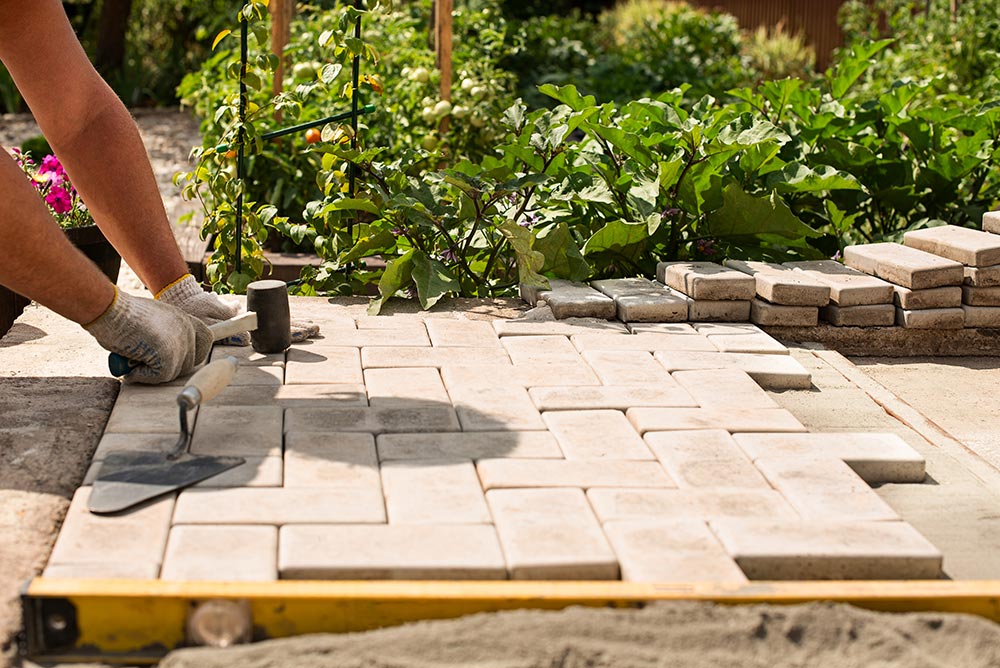B
Blog
Effective Strategies for Improving Drainage on Your Property

Proper drainage is a critical aspect of maintaining a healthy and functional property. Whether you’re dealing with excessive rainfall, poor soil conditions, or simply seeking to prevent water accumulation, improving drainage can save you from a host of potential problems, including soil erosion, foundation damage, and even mosquito breeding. In this article, we’ll explore some effective strategies to enhance drainage on your property.
Understand Your Property’s Topography
Before implementing any drainage solutions, it’s essential to gain a clear understanding of your property’s natural topography. Identify areas where water tends to pool or flow during heavy rain. This observation will help you pinpoint the primary problem areas and plan your drainage improvements accordingly.
Install French Drains
French drains are a popular solution for redirecting excess water away from problem areas. These consist of a perforated pipe buried in a trench filled with gravel. The pipe collects water and redirects it to a designated outlet, preventing water from accumulating in unwanted areas. French drains are especially useful for addressing soggy lawns and basement flooding.
Grading and Sloping
Proper grading and sloping are key to preventing water accumulation around your property. Ensure that the ground slopes away from your home’s foundation to encourage water to flow away from the building. This can be achieved by adding soil and grading the land properly. Consult with a professional if you’re unsure about the ideal slope for your specific property.
Rain Gardens
Rain gardens serve as both aesthetically pleasing features and effective drainage solutions. By selecting native plants that thrive in wet conditions, you can create a depression in your yard that collects and absorbs excess water. This not only prevents waterlogging but also helps filter pollutants from runoff before they reach local water bodies.
Downspout Extensions
Redirecting water from your roof’s downspouts away from your home is a straightforward yet effective way to improve drainage. Install downspout extensions or diverters to channel rainwater away from your foundation. This prevents water from seeping into the ground around your home, reducing the risk of foundation damage.
Permeable Paving
If you’re dealing with water accumulation on paved surfaces, consider using permeable paving materials. These allow water to pass through the surface and seep into the ground, reducing surface runoff. Permeable pavers can be used for driveways, walkways, and patios to help manage water effectively.
Properly Maintained Gutters and Drains
Regular maintenance of gutters and drains is crucial to prevent blockages that could lead to water overflow. Clean your gutters and downspouts regularly to ensure that rainwater can flow freely. Also, inspect drainage pipes and ensure they are clear of debris and obstructions.
Install Retaining Walls
If your property has significant elevation changes, installing retaining walls can help control water flow and prevent erosion. Retaining walls can be strategically placed to guide water away from problem areas while also adding an attractive landscaping feature.
Conclusion
Addressing drainage issues on your property is a proactive step toward maintaining its integrity and preventing potential problems down the line. By understanding your property’s topography and implementing a combination of solutions like French drains, grading, rain gardens, and downspout extensions, you can effectively manage excess water and protect your property from the damaging effects of poor drainage. If you’re uncertain about the best approach for your property, consulting with a professional landscaper or drainage specialist can provide valuable guidance tailored to your specific needs.
